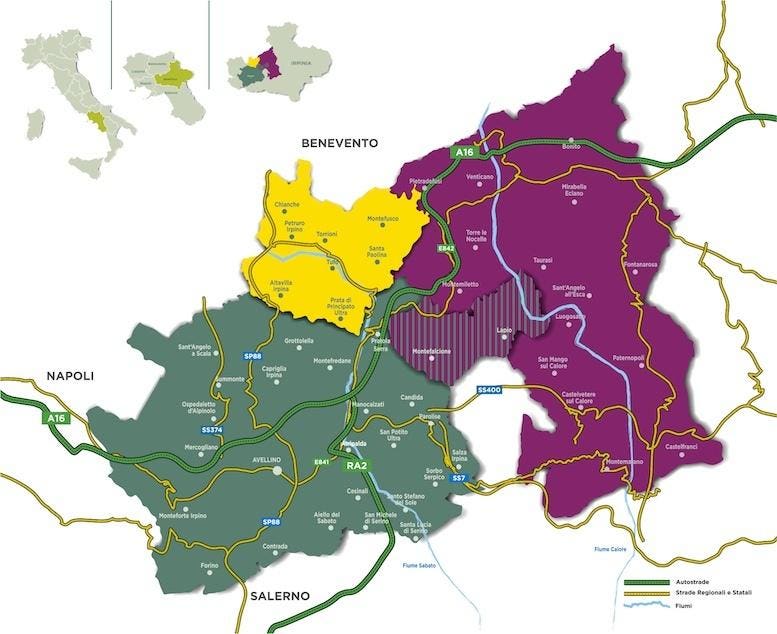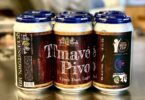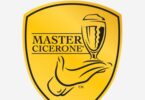Irpinia is located in Italy’s Campania region south of Naples.
This fall I was asked to gives a series of lectures on Italian food and wines onboard a sailing ship plying the Tyrrhenian Sea off the western coast of Italy. Since I wanted to tie in my lecture to the regional ports we were visiting in the south, I showcased the wines of Irpinia in the region of Campania, with wines provided onboard by the Consorzio di tutela dei vini d’Irpinia. Some bottlings I already knew, at least by producer, but I was newly impressed by the high quality and distinctiveness of the wines, especially the whites, which I would rank among the finest now being made in Italy.
Irpinia, which takes its name from an ancient word for wolf, still used as its provincial symbol, is a volcanic area, divided by the Apennine mountains, whose soils and changing climate—hot days and cool nights—add measurably to the mineral taste of the wines. As a result, Irpinian wines have in recent years acquired a remarkable number of DOCG appellations, Italy’s highest.
The Fiano di Avellino white grape was once ignored until the turn of the century when small estates … [+]
Until the 1920s Irpinia was one of Italy’s most valuable wine growing regions, with a “wine railway” that allowed producers to ship grapes to buyers in northern Italy and France, but a phylloxera infestation crippled the industry, followed by the worldwide Depression and World War II. A massive earthquake in 1980 devastated the region, and while farmers were encouraged to re-plant with more dependable northern varietals like Sangiovese or Montepulciano, they resisted and continued to plant and improve southern varietals like Aglianico, Greco, Fiano di Avellino and other local varieties.
Starting in the 1980s, Taurasi, sometimes called the “Barolo of the South,” became the region’s best known red wine, made from the Aglianico grape, now produced in 17 municipalities in the province of Avellino. White wines are made from Fiano di Avellino and Greco di Tufo. Fiano, writes Ian d’Agata in his monumental Native Wine Grapes of Italy (2014),“may well be Italy’s greatest white wine grape,” and, after my tastings of the Irpinian wines, I wholeheartedly agree. Fiano is one of Italy’s oldest grapes planted by the
Donnachiara’s Apatia is representative of the new breed of Irpinian whites.
Roman, though nearly forgotten by the 1970s. It is really only in the present century that the varietal has regained its reputation at new wineries.
Among the DOCG Fianos I loved was Empatia ($26), a single vineyard cru from one of the area’s most prestigious largest estates, Donnachiara in Montefalcione at about 600 meters above the sea level. The soil has a high chalk content that is said to give the wine a hint of balsamic herbs, making it ideal with seafood. Their 100% Greco di Tufo has a charming ripeness and creamy body. Greco di Tufo is cultivated at high altitudes and retains a refreshing acidity and the wines have become much sought after. (They also make an excellent red Taurasi.)
Donnachiara was founded in 2005 by Chiara Petitto and her daughter Ilaria, the fifth generations of their aristocratic family. Enologist Riccardo Cotarella, president of Union Internationale des Oenologues and Professor of Viticulture and Oenology at the University of Tuscia of Viterbo, aims for a balance of aromatic fruit and an acidity that allows the Fiano a lovely toastiness reminiscent of hazelnuts.
86◦ is grown on volcanic soil that gives it great minerality.
Tenuta Sarno 1860◦ in Candida was established in 2004 by Maura Sarno on seven hectares of clay-rich and calcareous soils, owing to volcanic residues. Fiano is all the estate makes, focusing on organic means of viticulture. The grapes are processed only in steel, resting on the lees for 12 to 36 months, then aging six months after bottling. The company produces Fiano di Avellino in four different labels: Sarno 1860; Sarno 1860 ERRE; Sarno 1860 EMME ($30); and Sarno 1860 Sparkling.
The Basso family founded its estate on old mill factories.
Ponte dei Santi’s Greco di Tufo ($30) is made by Villa Raiano, established in 2009 when the family bought the old mill factories of the Basso family. n 2009 on a hill in San Michele di Serino, with 37 hectares, seven of them devoted to Greco, where the soil is quite sandy at 550 meters altitude. The vinification takes place entirely in steel vats and spends 12 months in bottle, developing nuance and refinement of its minerality.
I was unaware that anyone was making sparkling wines from Greco di Tufo, so I was delighted by Petilia Greco di Tufo Frizzante Ancestral 2022 ($19) from eight-year-old vineyards located in Altavilla Irpinia, one of the 8 municipalities of Greco di Tufo area. The grapes undergo an “Ultra soft pressing” and follow the ancestral method with fermentation in the bottle. Amazingly, it is not filtered, giving it considerably more body than is usual with frizzante wines. There is a lovely perlage and flowery aromatics, making it a delectable wine to serve with first courses and fresh cheeses.








